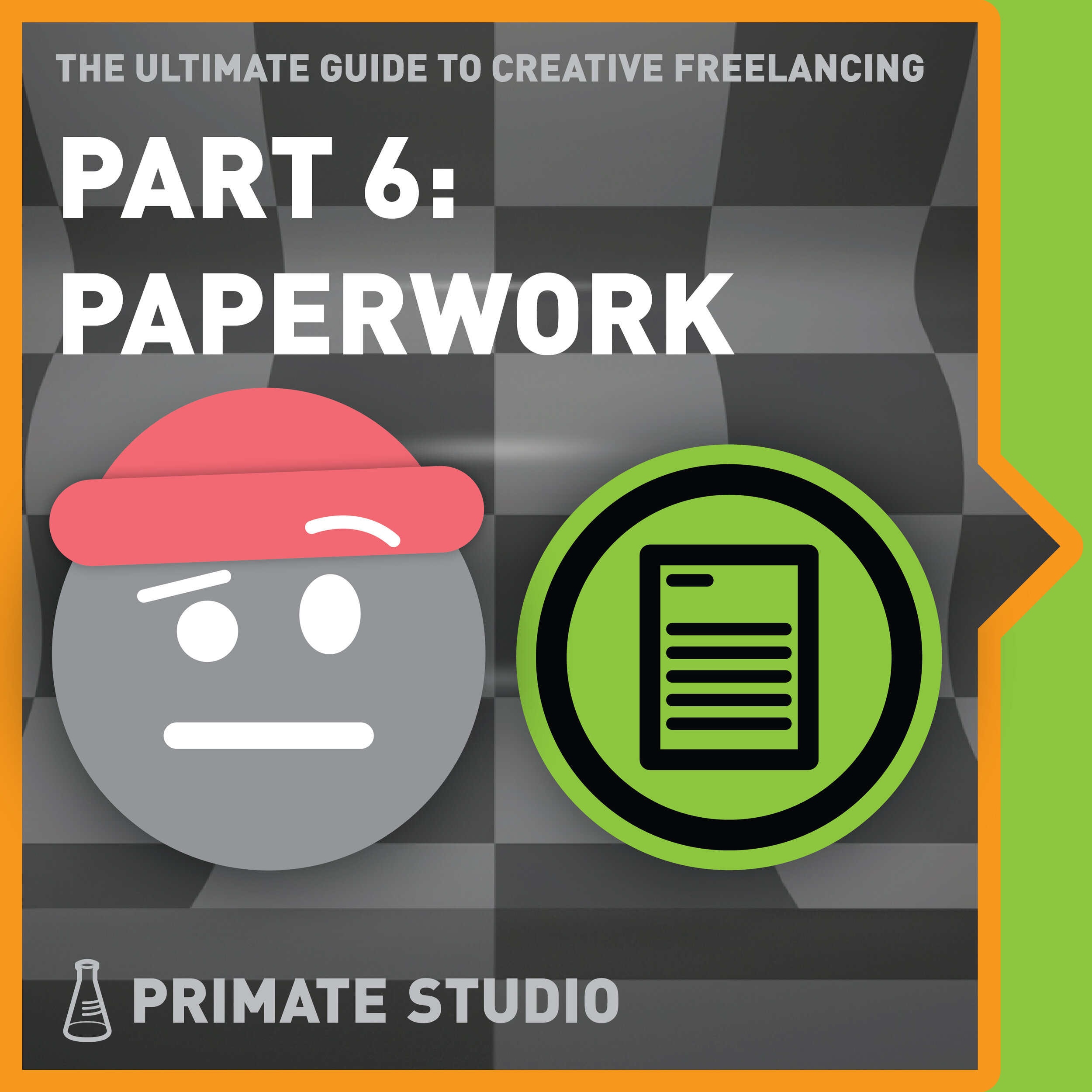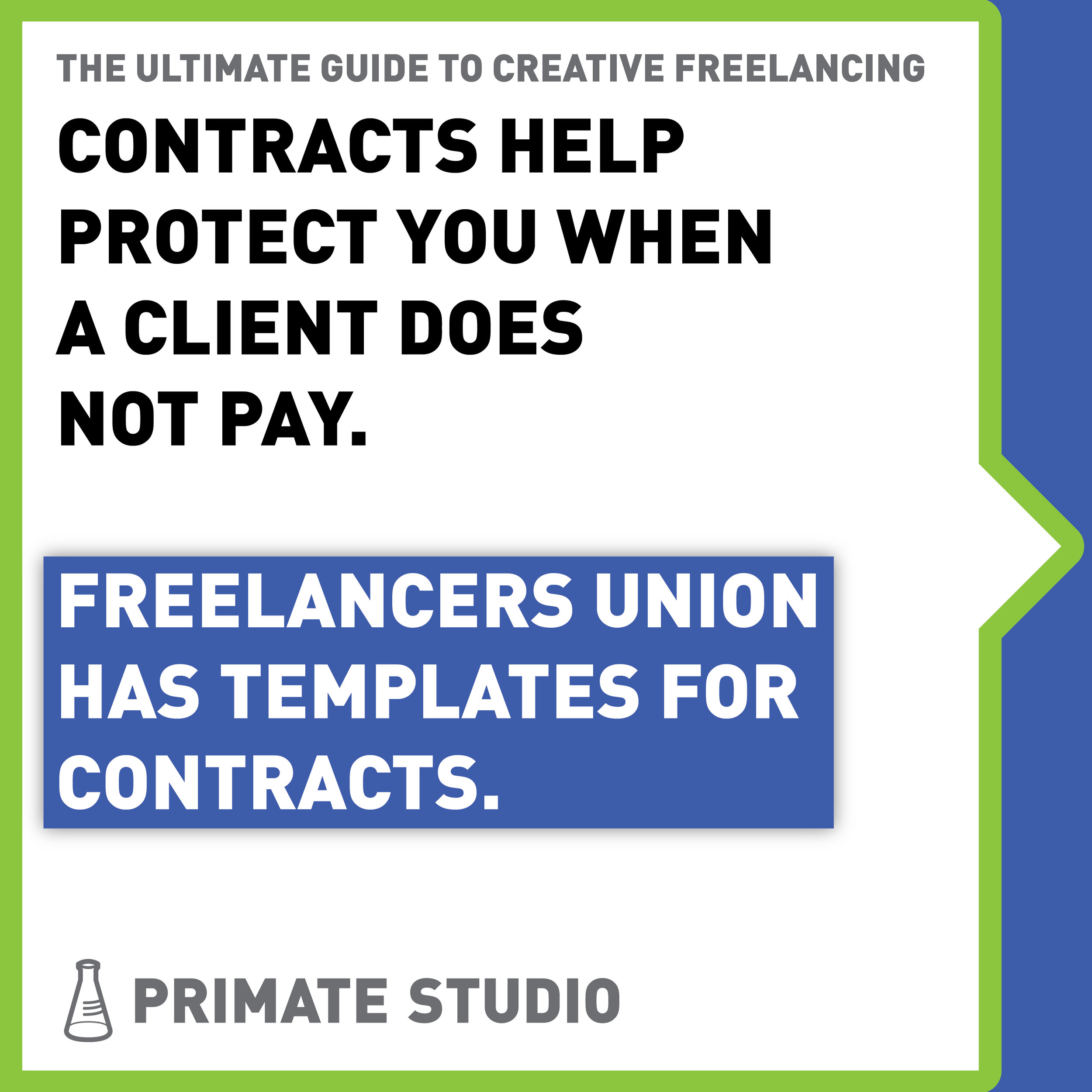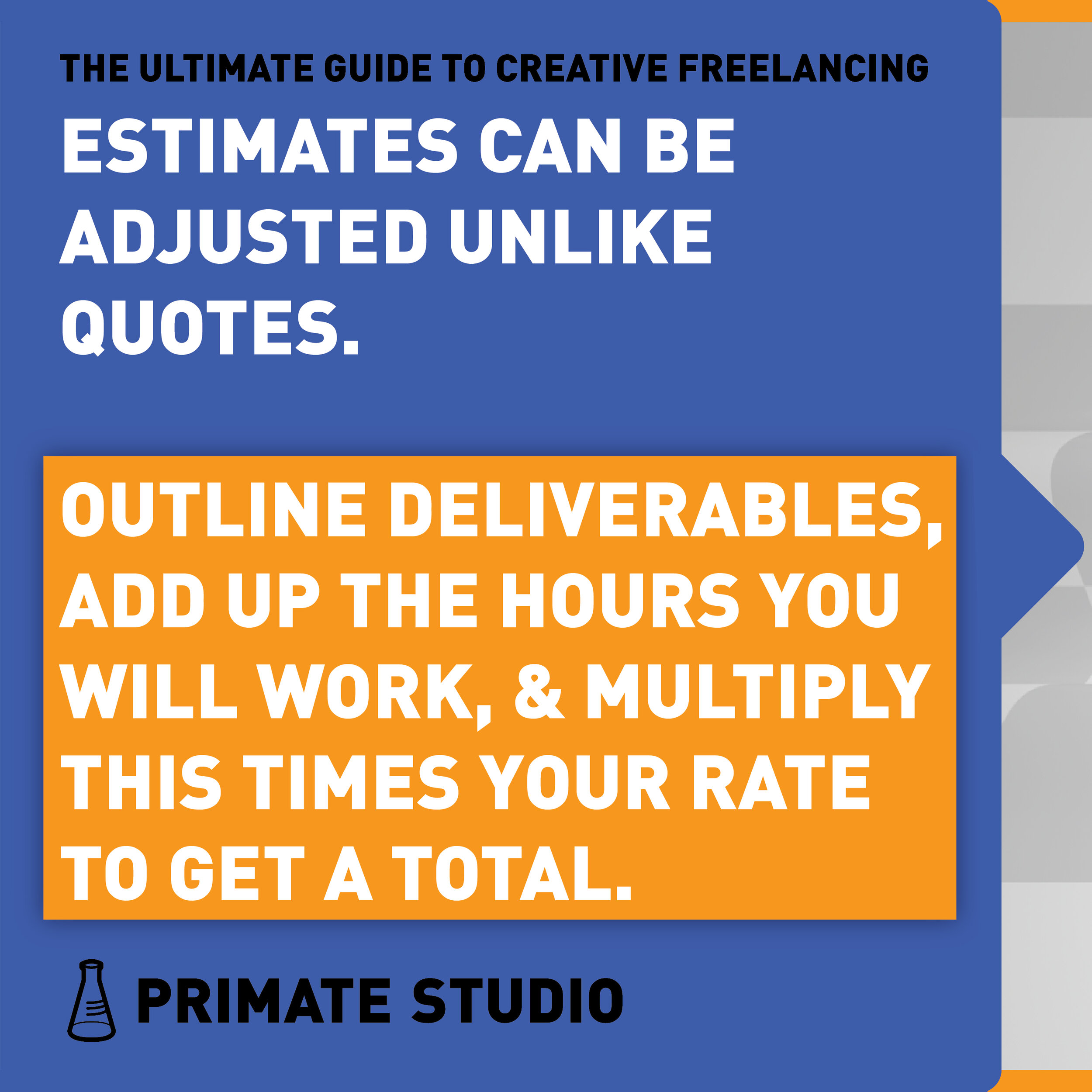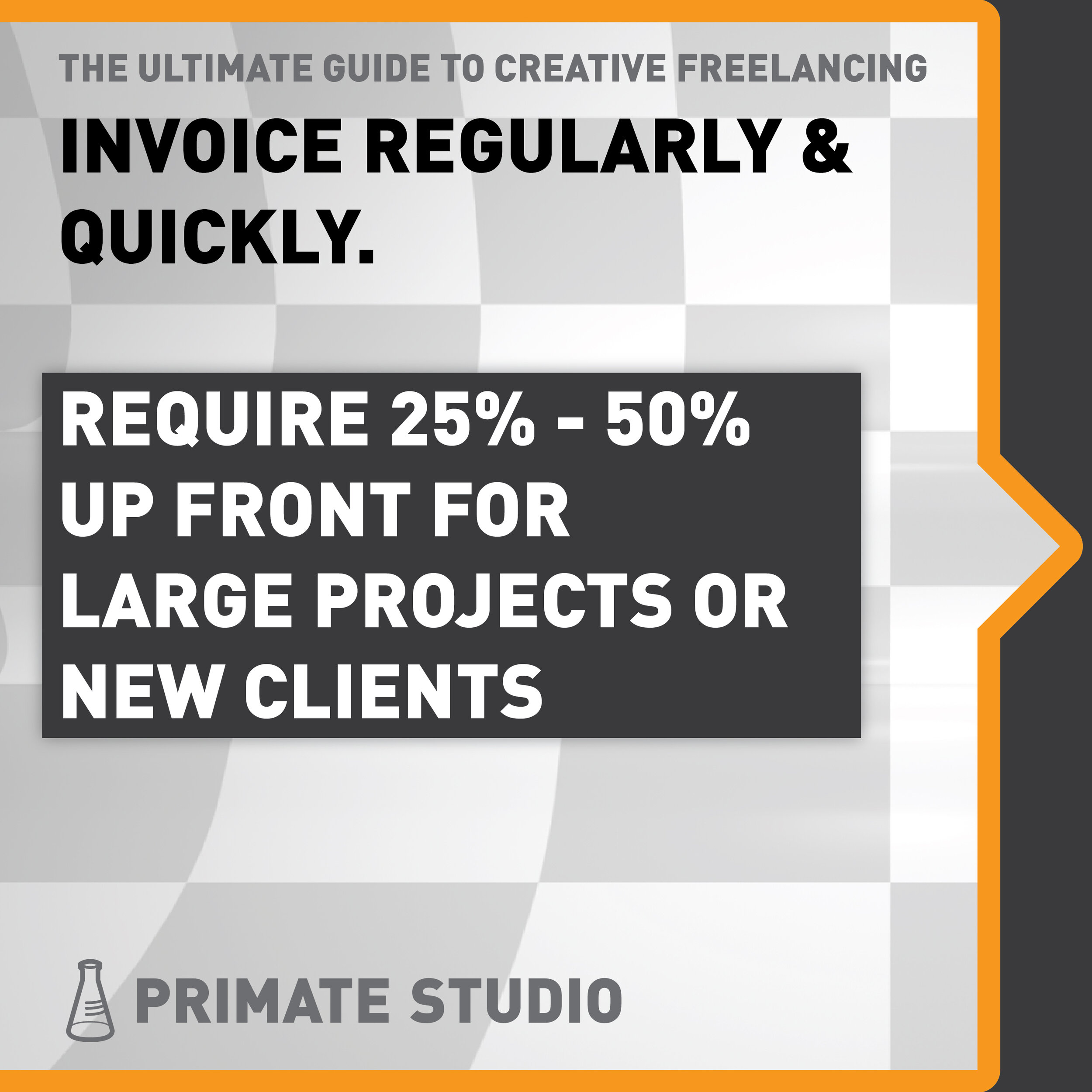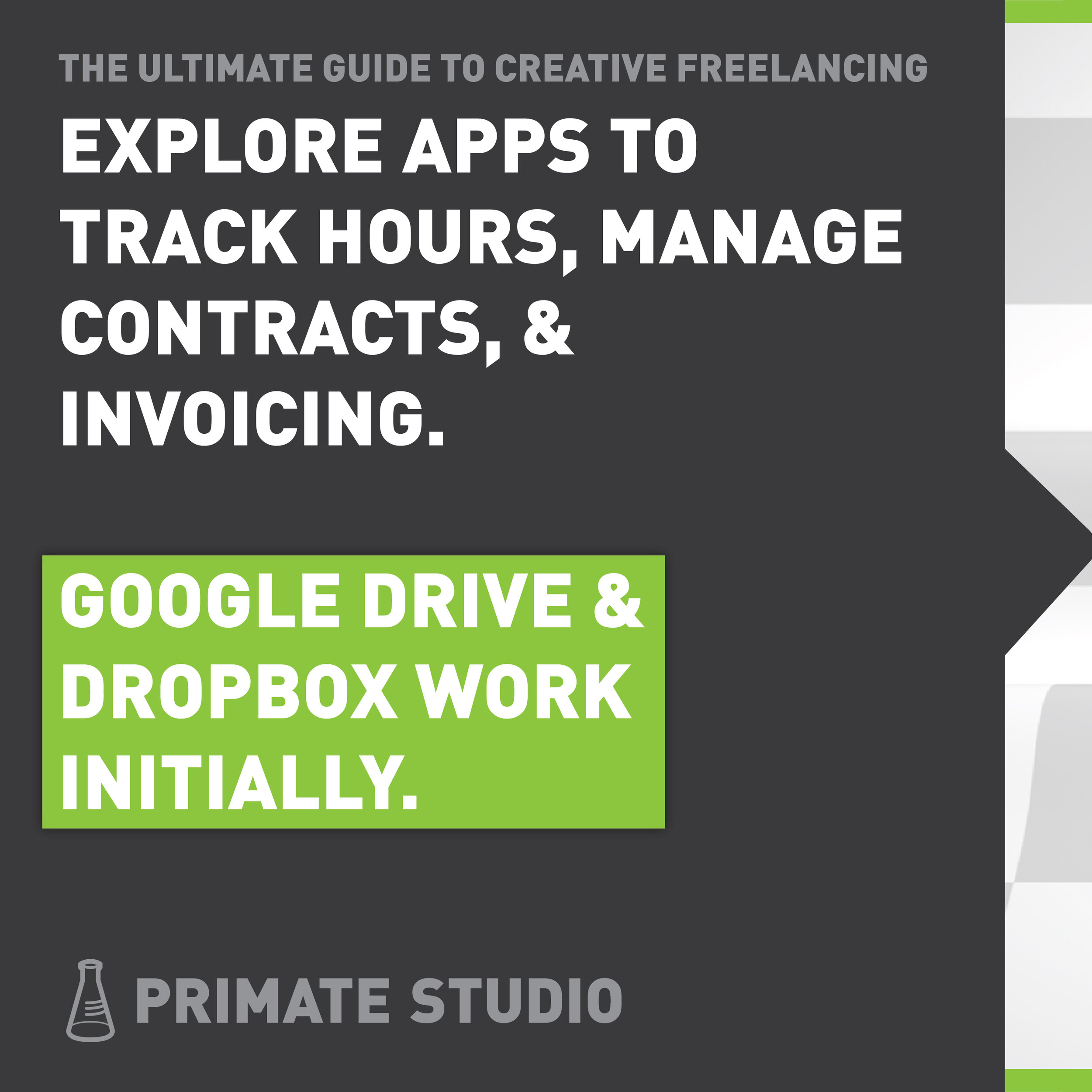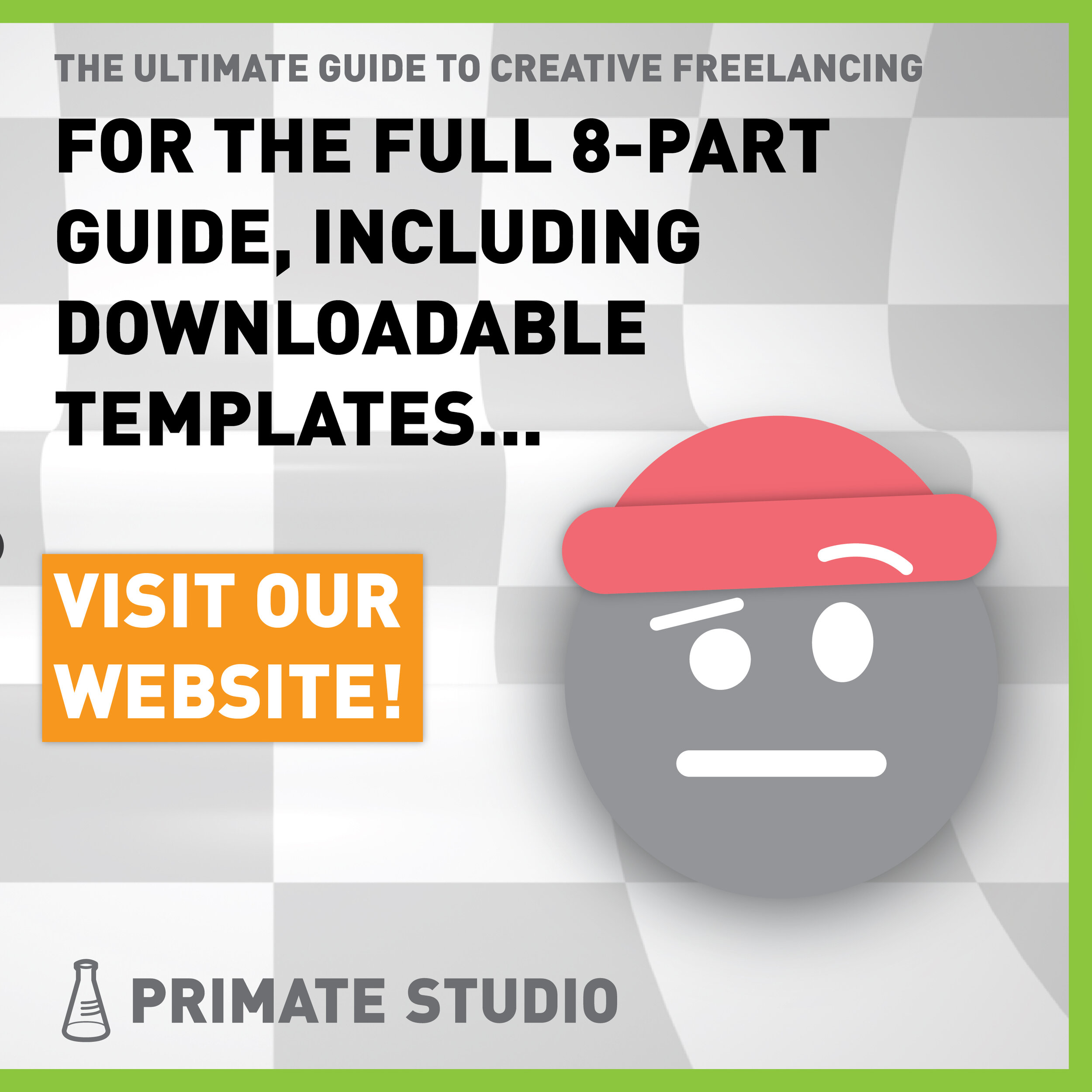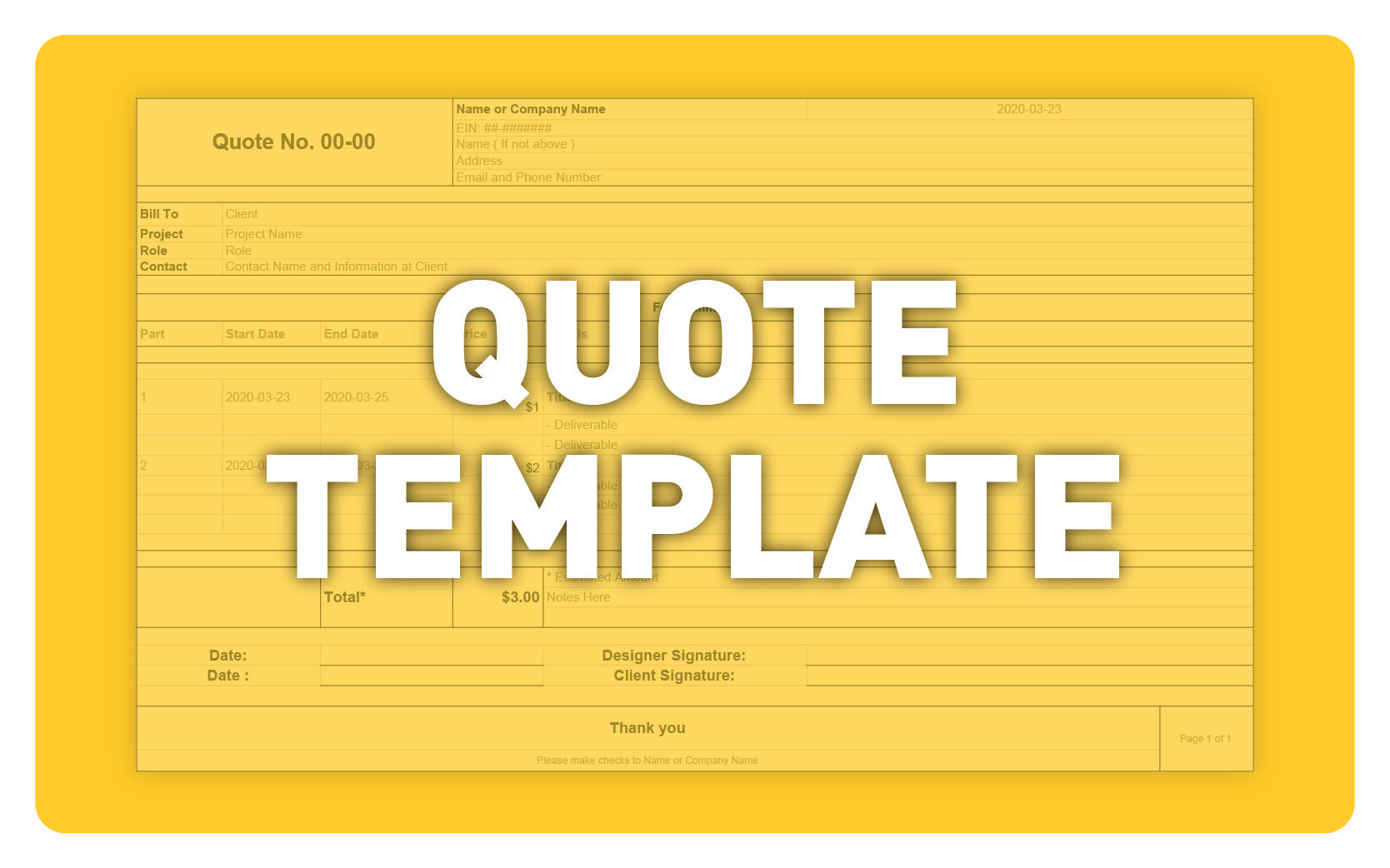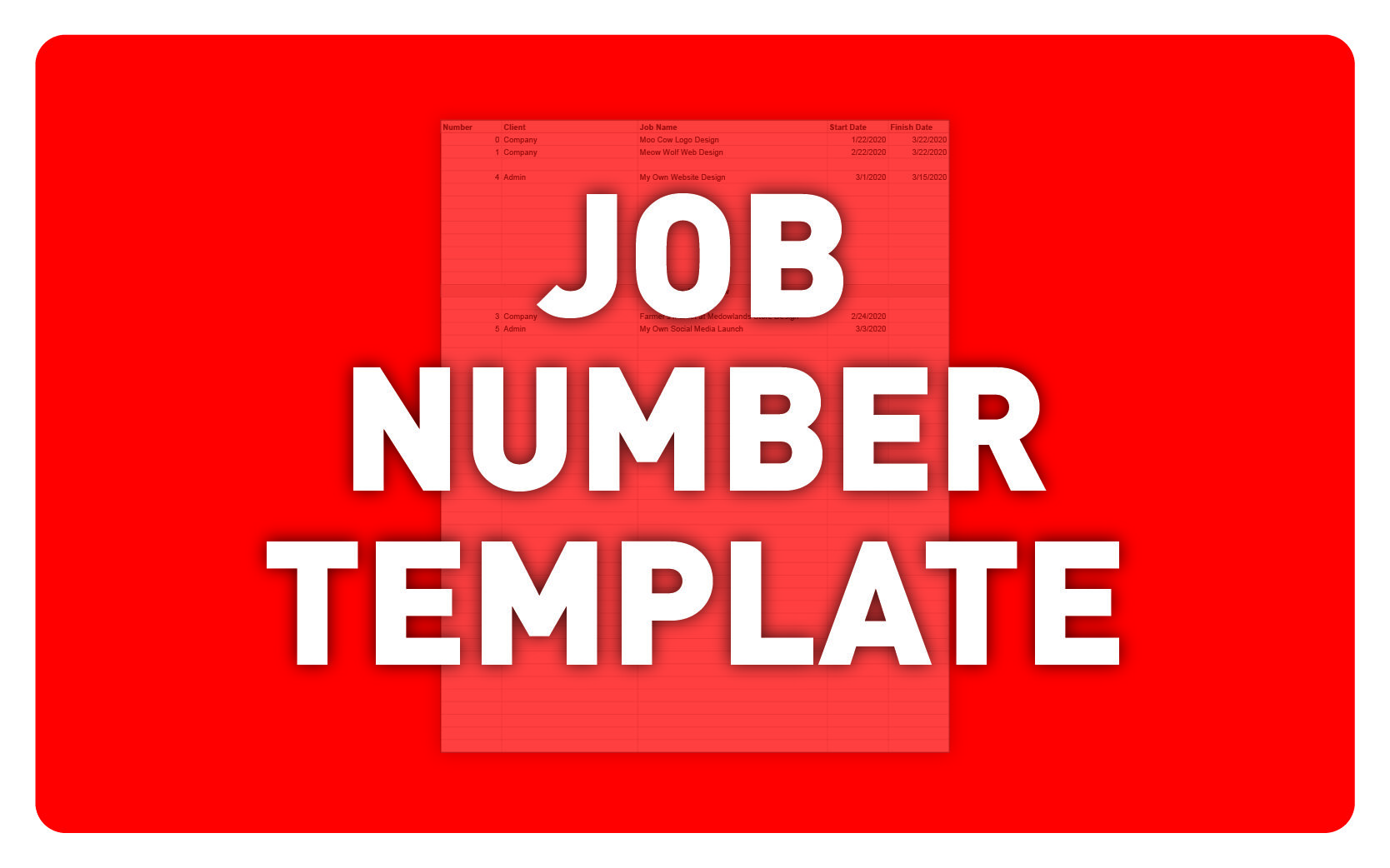Contracts & Non-Disclosures
A contract is an agreement between two parties
If you want to be paid, treated respectfully, and have more legal protections it is wise to have your clients sign a contract
Alternatively, some in house gigs will provide you a contract so you do not need to give them a contract
In general, I include my contract with my estimate, as a brief list of notes on the bottom of the estimate
For larger projects this ends up being a multi-page separate document
For on-going clients you may have a single contract for on-going work with multiple projects
Often, once you’ve done this once or twice, this is a copy & paste type of situation
Freelancers Union and other organizations have templates for contracts
If the project is quite important, talk to a lawyer to help make sure your contract is sound
You can find a lawyer via your network or on professional networking sites (I found mine through a friend, but rarely use him as he’s quite expensive)
Non-disclosures are agreements made between two parties to confirm part or all of a project remain confidential
Your client may ask you to sign one
Read it over. If anything sounds funny or you don’t understand something just ask them about it
Quotes & Estimates
Quotes indicate the exact price you’ll charge for the listed work
Estimates are a rough idea of the final price that can be changed
I prefer estimates for the flexibility
Do not make up a number. Break down deliverables into parts, associate the number of hours required to complete each part, and multiply that times your hourly rate. This will get you a total estimated cost you feel confident about
Include estimated project management time, invoicing time, estimating time, etc. by increasing your hourly rate or adding additional hours to compensate for those specific hours
Clients typically sign and return my quotes & estimates
Clients may ask for revisions (and that’s okay). It’s part of getting on the same page about the work required
If they say your price is too high, check your math, check to see if you over-estimated hours, or finally check to see what parts you can cut to save them money (rather than just lowering your price for the same work)
Invoices require specific information. I include:
Estimate or Quote #
Job #
My information (Company Name, Company EIN Number, my Name, Address, Email, Phone Number, Website.)
Their information (Bill to: Company Name, Address, Contact name, Contact Information, Project Name)
Date of Estimate or Quote
My Role
Fee Description (Part #, Part Deliverable(s), Date Started, Date Finished, Each Part Cost, Total Cost)
Optional notes (Estimated, Includes Tax, Make Checks Payable to ____ , Pay Digitally to _____, Page 1 of 1, 50% due prior to Part 1, etc.)
A place to sign and date
Here is my Job Number Template:
Invoicing
Update the approved estimate to say “Invoice #” rather than “Estimate #”
Update this to reflect what actually happened
Invoice for 25-50% up front if the project is large or the client is new
Invoice after each part of the estimate
Invoice quickly after completing work
New laws help independent workers get paid (check with your state)
30 days is typical to receive an invoice back. It can take up to 90 days. After that is not acceptable
Include a late fee (i.e. 1-25% total invoice per month late) for new clients, large companies, or repeat late offenders
Invoice regularly if paid hourly with an on-going client
Explore apps to track all of this
If you bill your client hourly here is that template:
With all of these PDFs incoming and outgoing it is helpful to track on one document. Here is my “Tracking Income & Payments” Template:
Jump to:
Introduction: Ultimate Guide to Creative Freelancing
Part 1: Starting: Part-time vs. Full-time, Contractor vs. Freelancer
Part 2: Finding Work: Online Job Search, Recruiters, Staffing Agencies, & Networking
Part 4: Taxes
Part 5: Determining your Rate
Part 6: Paperwork: Contracts, Non-Disclosures, Quotes, Estimates, & Invoicing
Part 7: Motivation: Schedules, Deliverables, & File Organization
Part 9: Advice: Client Relationships, Best Practices, & General Advice
Love,
Paul
For snarky design commentary follow @gpaulbenson on Twitter
And see our previous blog post: “Tools & Resources for Designers” for additional advice.
Best of luck! And please send your tips or questions my way by commenting below! Also, would you be interested in video tutorials? Let me know!
Special Thanks to:
Channing Ritter (Freelance Advisor)
Brendan Bergen (Copywriter & Social Media Advisor)
Hana Sato (Creative Recruiting Advisor)
Aliza Adam (Freelance Advisor)
Selwyn Rocha (Graphic Design Advisor)
Anna Lu (Professional Feedback)
Tero Honkala (Marketing & Creative Media Feedback)
Chrissy Raftery (Professional Feedback)

